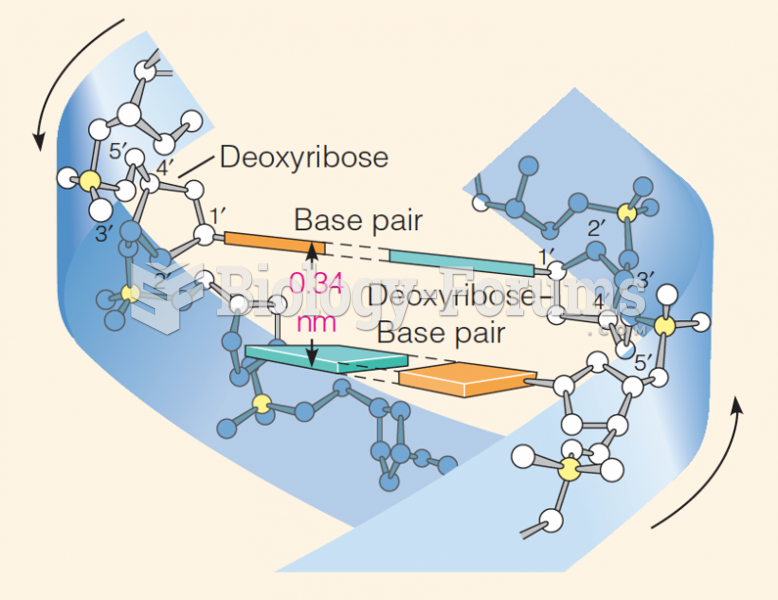Answer to Question 1
IUCN (International Union for the Conservation of Nature, the World Conservation Union) maintains a Red List of Threatened Species. It does not actively engage in preserving species in the field, but its findings are often the basis of conservation activities throughout the world, and it provides crucial leadership to the world community on issues involving biodiversity.
CITES is the Convention on Trade in Endangered Species of Wild Fauna and Flora. It is an international agreement that focuses on trade in wildlife and wildlife parts. Limitations include that countries must agree to a complete ban on trade and the complicated restrictive trade permits apply to 30,000 species. Although CITES provides some protection for species that might be involved in international trade, it is inadequate to address broader issues pertaining to the loss of biodiversity.
The Nayoga Protocol from Nayoga, Japan, is a treaty that states that companies from wealthy nations cannot mine the genetic resources of other countries and then patent products that indigenous people have used for millennia.
The Convention on Biological Diversity addresses three complementary objectives: (1) the conservation of biodiversity, (2) the sustainable use of biodiversity services, and (3) the equitable sharing of the use of genetic resources found in a country. Although the targets laid out in the Strategic Plan are achievable, and the tools for achieving them are largely in place, it will take an unprecedented and costly effort to reach success.
Answer to Question 2
The risk factors that are primarily someone's choice are unsafe sex; alcohol, drug, and tobacco use; blood pressure (parts) and cholesterol (parts); overweight; low fruit and vegetable intake (in most situations in developed countries); and physical inactivity.
How a risk factor under the control of an individual can be reduced is very dependent upon cultural factors. For example, the reason a person might quit smoking will differ as a result of their cultural background. This was used by the Department of Health in California when they implemented the smoking cessation advertising campaign. In the Asian community of California it was very effective to emphasize the impact of the smoker's death on his family. (In the Asian community men are the primary smokers.)
It is very important to know how a risk is perceived when designing a campaign to convince people to reduce their risks. Telling smokers about the health risks does not work. Smokers know the risks but the benefits obtained from smoking outweigh the health risks. The benefits from not being prepared for safe sex outweigh the risks; this is what needs to be addressed. The benefits from eating more calories today than are necessary to maintain our ideal weight outweigh the risks in the future that the excess calories will cause. Therefore, emphasizing the future benefits will not keep the person from overeating. The benefit must be one gained today.






